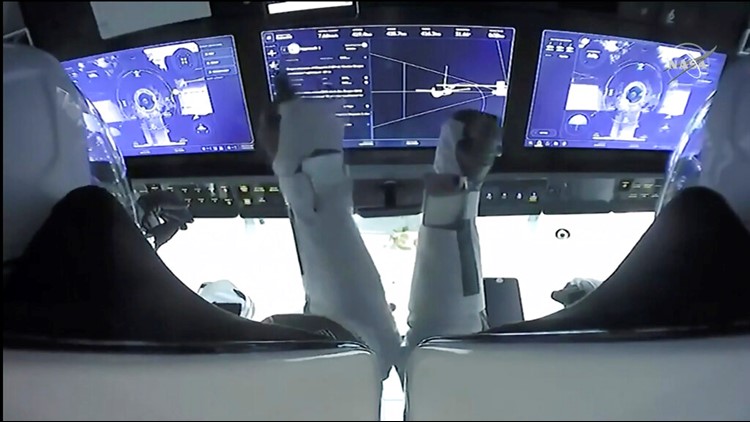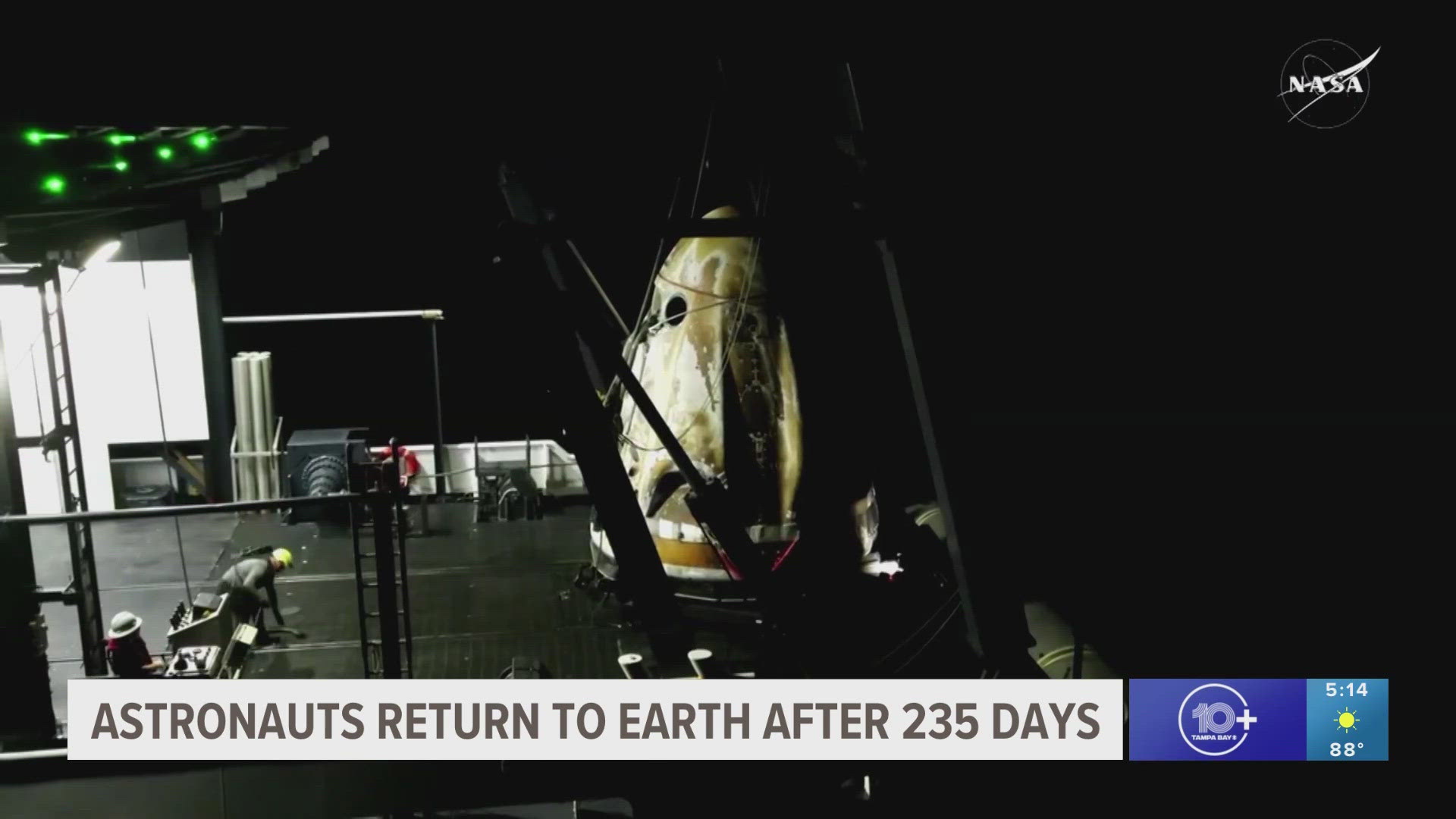CAPE CANAVERAL, Fla. — Editor's note: The photo above is from a past SpaceX's Crew Dragon flight.
Training to be an astronaut takes years of hard work and education – not to mention the tight selection process that follows.
But with the announcements of all-civilian flights popping up, a ride to space no longer requires being a professional.
SpaceX is looking to launch the first all-civilian crew to orbit Earth in its Crew Dragon spacecraft in 2021. The mission will be called Inspiration4 and it is set to launch from the historic Launch Complex 39A at NASA’s Kennedy Space Center in Florida.
According to the company, U.S. billionaire and Pennsylvania entrepreneur Jared Isaacman, who will act as the mission's commander, purchased and donated the seats on the flight. The public was able to enter for two of the spots.
And don't forget the Japanese entrepreneur and billionaire who is looking to take humans further into space than they've ever been before in 2023. Yusaku Maezawa will select eight crew members from all over the world for his lunar mission called "dearMoon."
The little more than a week-long journey around the Moon and back would mark the first-all civilian mission to go beyond the lunar surface. It will also mark the first private spaceflight and first commercial spaceflight with humans beyond Earth orbit.
So, how is it possible for these everyday people to go to space? And what does their training even look like?
We're glad you asked.
With the "dearMoon" mission so far away, little has been revealed regarding the crew's training. But SpaceX has elaborated on the training the Inspiration4 crew will experience.
The all-civilian crew will receive commercial astronaut training before exiting the Earth's atmosphere. Meaning, they will go over things like orbital mechanics, known as the concept of traveling among planets while orbiting the sun, and spacecraft training.
There will also be sessions for emergency preparedness and mission simulations that look to place the crew in realistic mockups of launch, landing, etc. For example, NASA uses a motion-based simulator that replicates vibrations, noises and views astronauts might experience while in flight.
Then comes SpaceX's futuristic, eye-catching spacesuits which are designed specifically for the person wearing them.
The suit "is designed to be functional, lightweight, and to offer protection from potential depressurization," according to NASA.
But the high-tech piece of equipment requires training of its own as it operates off a single connection point. It's attached to life support systems and power connections from a thigh-port.
Beyond that, there's the need to get used to the lack of gravity that comes with exploring space. Crew members will undergo zero-gravity and microgravity training to help them maneuver the weightless feeling while in orbit.
While aboard the spacecraft the crew will also travel with the "maximum possible mass" the Crew Dragon can carry. SpaceX says it will allow for research and provide space for projects that are otherwise unable to "overcome the high barriers of traditional space-based research."
And if that isn't enough, during the flight, SpaceX will "carefully" monitor each step of the multi-day mission to support the crew from launch to splashdown off the Florida coast.
- Study: 3 feet of distance in a classroom could be enough to limit the spread of COVID-19
- Doctors say comments made at Governor DeSantis' public health roundtable were 'disheartening'
- Publix says employees will get leftover COVID-19 vaccines
- Social media 'influencers' paid thousands of Florida taxpayers' money to promote virtual vacations
- What you need to know about ticks in Florida
►Breaking news and weather alerts: Get the free 10 Tampa Bay app
►Stay In the Know! Sign up now for the Brightside Blend Newsletter



